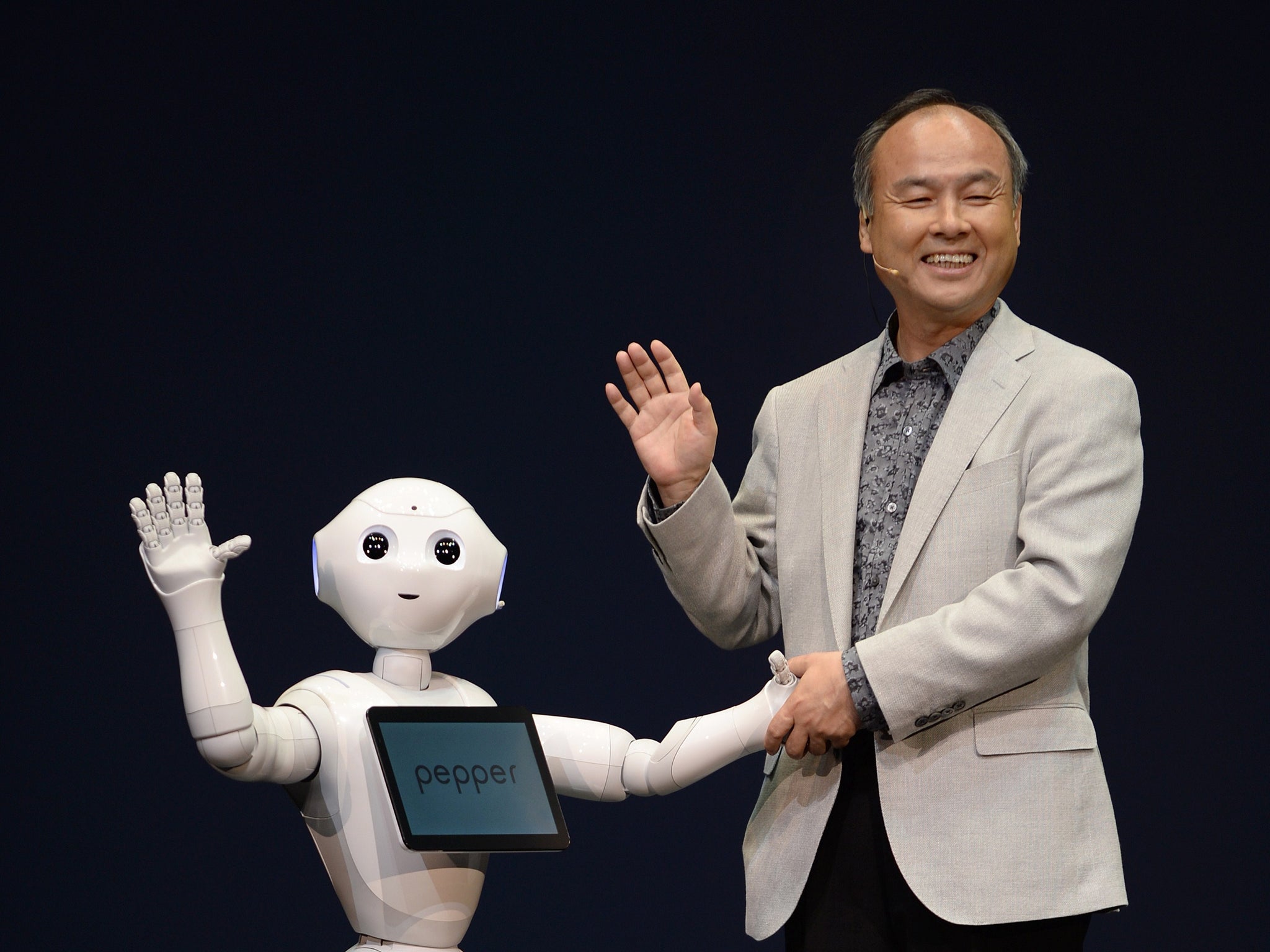Bioengineers create 'psychic robot' that can tell what humans meant to do even when they don’t
Algorithm can be used to allow prosthetic hands to predict where their owners want them to go, and to allow cars to anticipate their drivers’ moves

Your support helps us to tell the story
From reproductive rights to climate change to Big Tech, The Independent is on the ground when the story is developing. Whether it's investigating the financials of Elon Musk's pro-Trump PAC or producing our latest documentary, 'The A Word', which shines a light on the American women fighting for reproductive rights, we know how important it is to parse out the facts from the messaging.
At such a critical moment in US history, we need reporters on the ground. Your donation allows us to keep sending journalists to speak to both sides of the story.
The Independent is trusted by Americans across the entire political spectrum. And unlike many other quality news outlets, we choose not to lock Americans out of our reporting and analysis with paywalls. We believe quality journalism should be available to everyone, paid for by those who can afford it.
Your support makes all the difference.Bioengineers have created a “psychic robot” that can see what humans intend to do even if they don’t do it.
The algorithm could eventually power the cars and prosthetics of the future — allowing them to understand what their owners are trying to do with them, even if they get stopped mid-way.
Lead author of a new study Justin Horowitz said that he has successfully tested the invention, which uses a mathematical algorithm to understand intent, and not actual movement — so that it doesn’t matter if someone stops doing something.
“We call it a psychic robot,” Horowitz said in a statement. “If you know how someone is moving and what the disturbance is, you can tell the underlying intent — which means we could use this algorithm to design machines that could correct the course of a swerving car or help a stroke patient with spasticity.”
The invention will allow robots to become much more understanding of humans, by replicating the way that we respond to events in the real world.
“Say you’re reaching for a piece of paper and your hand is bumped mid-reach — your eyes take time to adjust; your nerves take time to process what has happened; your brain takes time to process what has happened and even more time to get a new signal to your hand,” Justin Horowitz, who wrote the study, said in a statement.
“So, when something unexpected happens, the signal going to your hand can’t change for at least a tenth of a second — if it changes at all.”
Because it knows what we are aiming to do, it could eventually be built into the cars of the future, Horowitz said.
“If we hit a patch of ice and the car starts swerving, we want the car to know where we meant to go,” he said. “It needs to correct the car’s course not to where I am now pointed, but [to] where I meant to go.”
“The computer has extra sensors and processes information so much faster than I can react,” Horowitz said. “If the car can tell where I mean to go, it can drive itself there. But it has to know which movements of the wheel represent my intention, and which are responses to an environment that’s already changed.”
And it might help prosthetics to be able to keep doing what people intend for them to do, even if they are interrupted by something like a muscle spasm. The algorithm will be able to tell their intent and act on that, independent of what else is happening.
Horowitz’s research is published online in the journal PLOS ONE.
Join our commenting forum
Join thought-provoking conversations, follow other Independent readers and see their replies
Comments